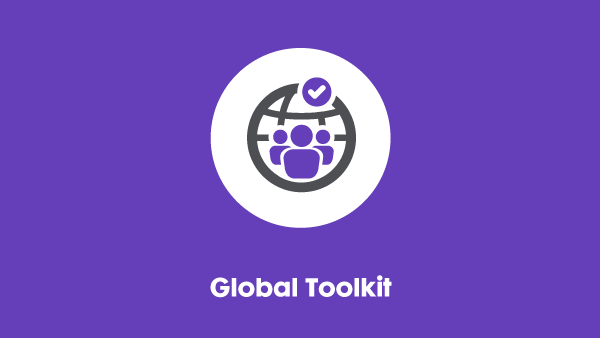1. Does your organisation have a disability strategy within its DEI strategy? Addressed risk – Having a clear disability strategy means that your organisation has articulated its disability inclusion goals and is holding itself accountable for reaching them.
This field is hidden when viewing the form
Untitled
At risk – The lack of a clear disability strategy means your organisation does not have defined disability inclusion goals and is not holding itself accountable to becoming more disability inclusive.
This field is hidden when viewing the form
Untitled
This field is hidden when viewing the form
Untitled
2. Does your disability strategy have clearly stated objectives with accountable owners? Addressed risk – Having clearly stated objectives with accountable owners ensures that your organisation is actively managing progress on disability inclusion and can track outcomes over time.
This field is hidden when viewing the form
Untitled
At risk – Without clear objectives and assigned accountability, there is a higher risk that disability inclusion efforts will lack direction, consistency, and measurable impact.
This field is hidden when viewing the form
Untitled
This field is hidden when viewing the form
Untitled
3. Is progress against your disability strategy monitored at least annually by a leadership group? Addressed risk – Regular leadership oversight ensures that disability inclusion remains a strategic priority and enables timely course correction when progress stalls.
This field is hidden when viewing the form
Untitled
At risk – Without leadership review, progress on disability inclusion may lack visibility and accountability, increasing the risk of stagnation or regression.
This field is hidden when viewing the form
Untitled
This field is hidden when viewing the form
Untitled
4. Does your organisation have a stated commitment to recruiting people with disabilities that is published on internal and external job boards? Addressed risk – Publicly stating a commitment to recruiting people with disabilities reinforces an inclusive employer brand and signals a welcoming environment.
This field is hidden when viewing the form
Untitled
At risk – Without a visible commitment, potential candidates with disabilities may perceive the organisation as non-inclusive, limiting talent attraction.
This field is hidden when viewing the form
Untitled
This field is hidden when viewing the form
Untitled
5. Does your organisation clearly communicate to potential candidates that it is willing to make accommodations in the recruitment process? Addressed risk – Communicating willingness to make accommodations builds trust with candidates and creates equitable opportunities to demonstrate talent.
This field is hidden when viewing the form
Untitled
At risk – Communicating willingness to make accommodations builds trust with candidates and creates equitable opportunities to demonstrate talent.
This field is hidden when viewing the form
Untitled
This field is hidden when viewing the form
Untitled
6. Does your organisation track data on the types of accommodations requested during the recruitment process, whether they have been agreed or declined, and the time taken to implement accommodation requests? Addressed risk – Tracking accommodations data helps identify systemic issues and opportunities to improve candidate experience and response times.
This field is hidden when viewing the form
Untitled
At risk – Without tracking this data, the organisation cannot evaluate or improve the accessibility of its recruitment processes.
This field is hidden when viewing the form
Untitled
This field is hidden when viewing the form
Untitled
7. Are processes or procedures in place to ensure that people with disabilities are routinely involved in the design, testing and review of technology? Addressed risk – Involving people with disabilities helps ensure technology is accessible and usable from the outset, reducing the risk of exclusion.
This field is hidden when viewing the form
Untitled
At risk – Excluding people with disabilities from design and testing increases the likelihood of inaccessible solutions that fail to meet user needs.
This field is hidden when viewing the form
Untitled
This field is hidden when viewing the form
Untitled
8. Does your organisation ensure that its more frequently-used applications work with assistive technologies? Addressed risk – Ensuring compatibility with assistive technologies makes digital tools more inclusive and supports productivity for all users.
This field is hidden when viewing the form
Untitled
At risk – If core applications do not work with assistive technologies, people with disabilities may face significant barriers to participation and performance.
This field is hidden when viewing the form
Untitled
This field is hidden when viewing the form
Untitled
9. Are all members of your Technology Teams trained on or provided with guidance on disability inclusion and accessibility requirements? Addressed risk – Training ensures that teams have the knowledge to build accessible systems and prevent barriers from being embedded.
This field is hidden when viewing the form
Untitled
At risk – Without appropriate training or guidance, technology teams may unknowingly create inaccessible systems, increasing risk and remediation costs.
This field is hidden when viewing the form
Untitled
This field is hidden when viewing the form
Untitled
Name (Optional) First name Last name

